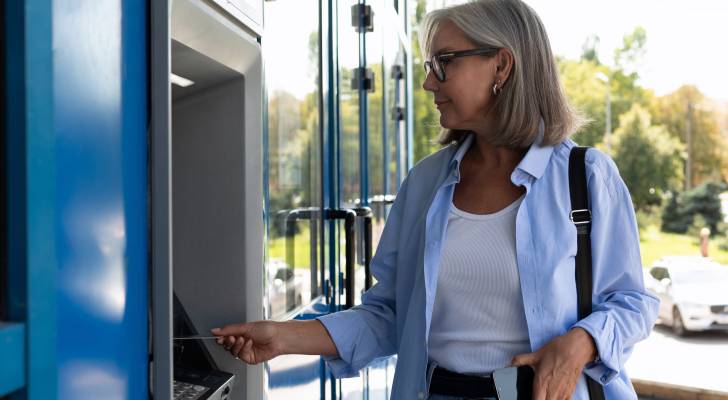
Running out of money in retirement is a huge fear for many people. In fact, research from Allianz Life Insurance found that 63% of Americans are actually more worried about going broke too soon than they are about dying.
It’s understandable to be worried about this because, when you retire, you most likely have to rely on savings and Social Security, which, on average, replaces only 40% of pre-retirement income. If your savings runs out, you’ll be in trouble, and you don’t want to face this fate.
Don’t miss
- I’m 49 years old and have nothing saved for retirement — what should I do? Don’t panic. Here are 5 of the easiest ways you can catch up (and fast)
- You’re probably already overpaying for this 1 ‘must-have’ expense — and thanks to Trump’s tariffs, your monthly bill could soar even higher. Here’s how 2 minutes can protect your wallet right now
- Gain potential quarterly income through this $1B private real estate fund — even if you’re not a millionaire. Here’s how to get started with as little as $10
The worry is even more accurate for people in their late 50s and early 60s, who are entering the final stretch of their working years.
The good news is, you shouldn’t have to. No matter how modest your nest egg, and no matter how close you are to retirement, you can adopt a smart strategy for withdrawing your funds in a way that makes them last.
Here’s what you need to know to make that happen.
Choosing a safe withdrawal rate
Choosing a safe withdrawal rate is the most important thing you can do to make your money last. This means you limit the amount you take out each year to ensure you leave enough in your account to continue earning returns and avoid dropping your principal balance too fast.
There are many different ways you can do that.
The most conservative option is to live on interest alone. If you have $1 million and earn 3% interest, you’d live on the $30,000 annual yield and not touch your actual nest egg.
The problem is, you don’t necessarily earn a consistent or substantial amount of interest every year since investment performance fluctuates. That’s on top of the obvious fact that if you aren’t planning to draw down the balance at all, you need to amass a pretty large balance to produce an annual sum that you could conceivably live on: having a million dollars at retirement is easier said than done.
And we haven’t even brought up inflation yet. Hence the second option, what is commonly called the 4% rule, according to which your money should last at least 30 years if you only take 4% out in Year 1 of retirement and increase the amount to keep pace with inflation.
However, this has some problems too. Most notably, experts now say you must cap withdrawals at 3.7% for your money to last since future projected returns have declined while lifespans have gotten longer. The 4% rule also doesn’t respond to changes in market conditions.
Read more: Want an extra $1,300,000 when you retire? Dave Ramsey says this 7-step plan ‘works every single time’ to kill debt, get rich in America — and that ‘anyone’ can do it
The Center for Retirement Research at Boston College recommends a different approach, which involves letting the Required Minimum Distribution (RMD) rules guide you.
Retirees with tax-advantaged accounts must take minimum distributions starting at age 73, but CRR said these tables can be a guide even before, and even for those with accounts not subject to RMDs, since they take investment performance, marital status and lifespans into account.
What’s your risk tolerance?
No matter which option you pick, it’s smart to consider the level of risk you want to take on. The more risk-averse you are, the smaller your withdrawals should be. You should also have at least two years of liquid, accessible cash you can live on to avoid having to make withdrawals during a downturn and lock in stock market losses.
If you follow one of these methods, you can hopefully ensure your money lasts as long as you do. A financial advisor can also help you develop a personalized approach to retirement withdrawals tailored specifically to you, if you want the very best chance of making your money last.
What to read next
- Don’t have the cash to pay Uncle Sam in 2025? You may already be eligible for a ‘streamlined’ handshake with the IRS — here’s how it works and how it can potentially save you thousands
- Robert Kiyosaki warns of a ‘Greater Depression’ coming to the US — with millions of Americans going poor. But he says these 2 ‘easy-money’ assets will bring in ‘great wealth’. How to get in now
- Here are 5 ‘must have’ items that Americans (almost) always overpay for — and very quickly regret. How many are hurting you?
This article provides information only and should not be construed as advice. It is provided without warranty of any kind.